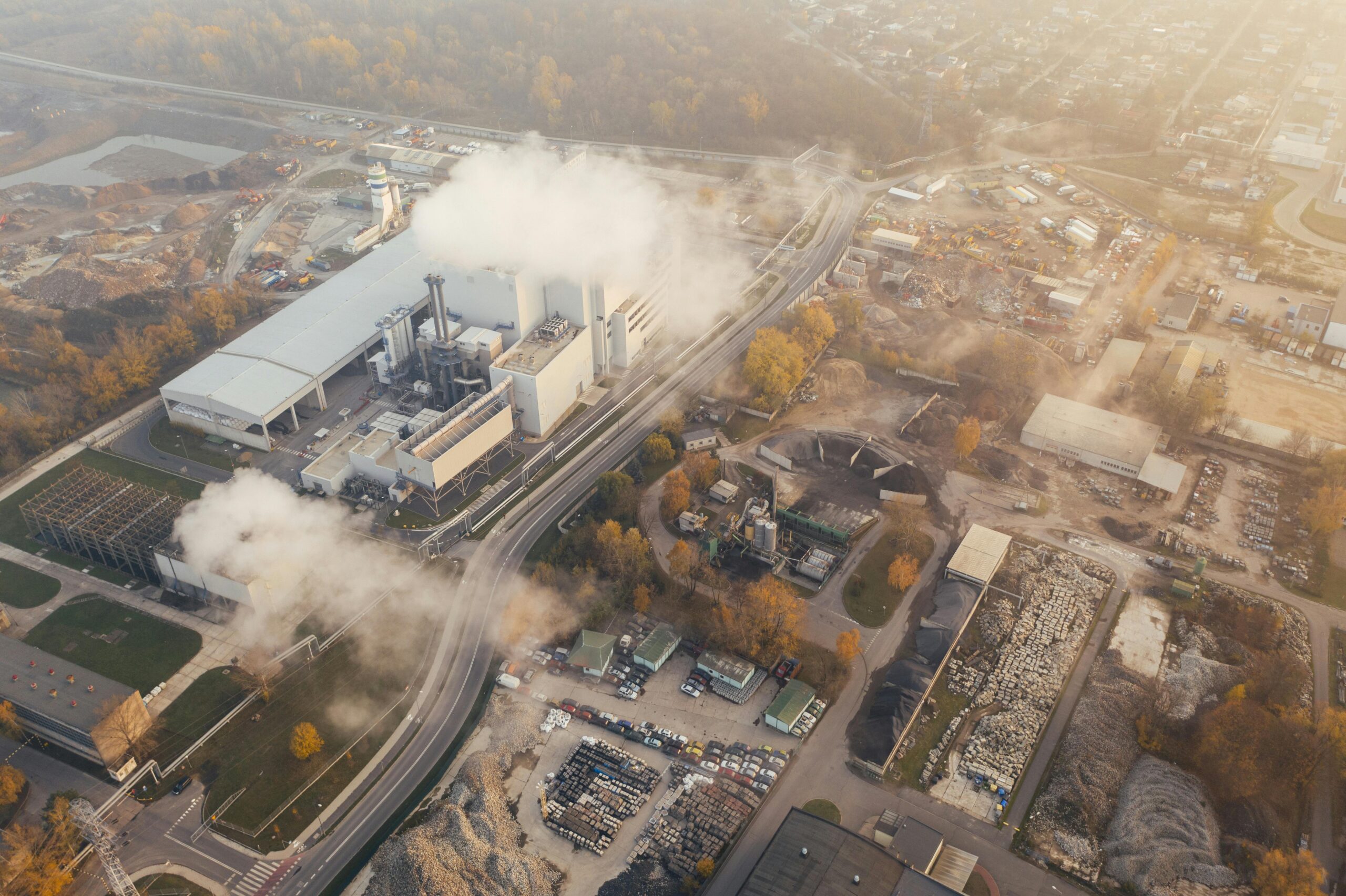The retreating monsoon, also known as the northeast monsoon, refers to the period during which the southwest monsoon winds withdraw from the Indian subcontinent, typically beginning in late September and continuing into November. This phase marks the end of the monsoon season and the transition to cooler and drier winter conditions.
Characteristics of Retreating Monsoon:
- Wind Shift: During the retreating monsoon, the wind direction shifts from the southwest to the northeast. The winds become weaker and drier compared to the southwest monsoon.
- Clearer Skies: As the monsoon retreats, skies become clearer, and humidity levels decrease. The heavy rainfall that characterizes the southwest monsoon diminishes, particularly in northern and central India.
- Cyclonic Activity: The Bay of Bengal experiences increased cyclonic activity during this period. These cyclones often bring heavy rainfall to coastal regions of Tamil Nadu, Andhra Pradesh, and Odisha.
- Rainfall Shift: While much of India sees reduced rainfall, the southeastern coast (Tamil Nadu and parts of southern Andhra Pradesh) receives significant precipitation due to the northeast monsoon winds picking up moisture from the Bay of Bengal.
Importance:
The retreating monsoon is critical for Tamil Nadu and neighboring regions, as it provides a substantial portion of their annual rainfall, helping in agriculture and water replenishment. It marks a gradual transition to winter and influences the crop cycles and water availability across various parts of India.

